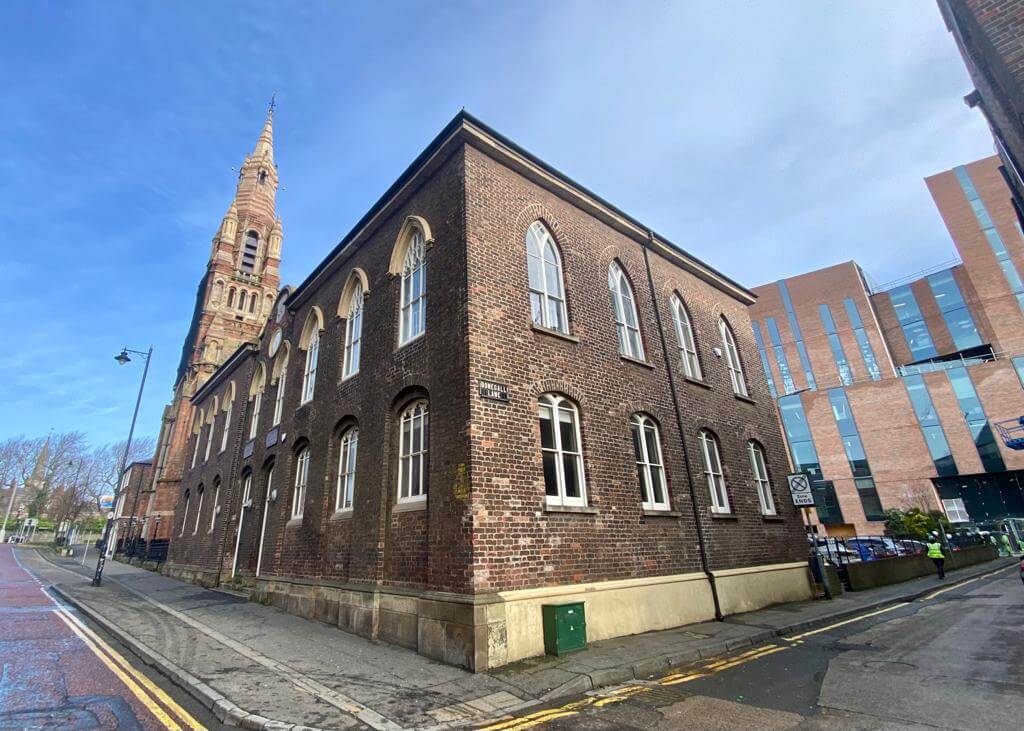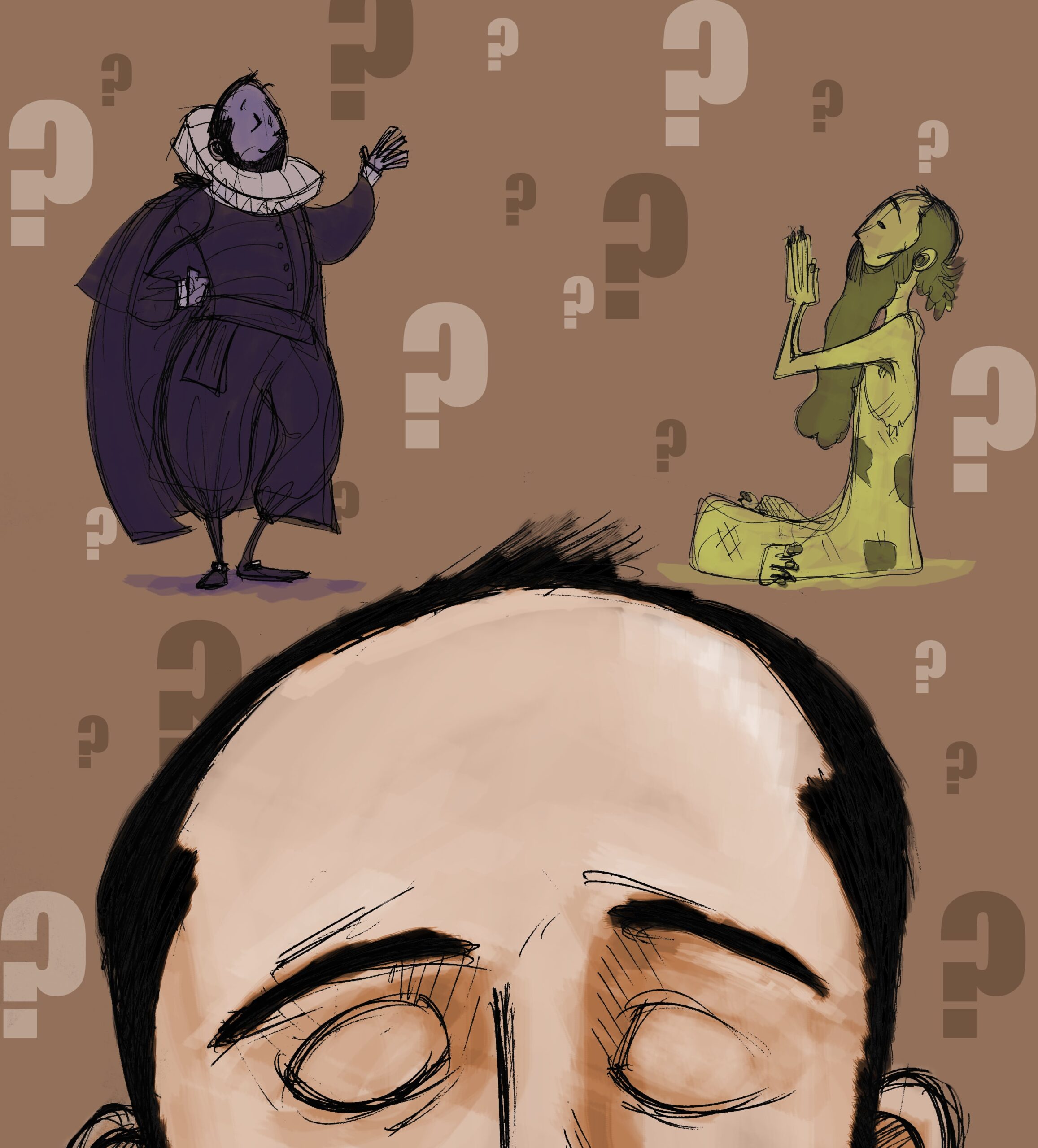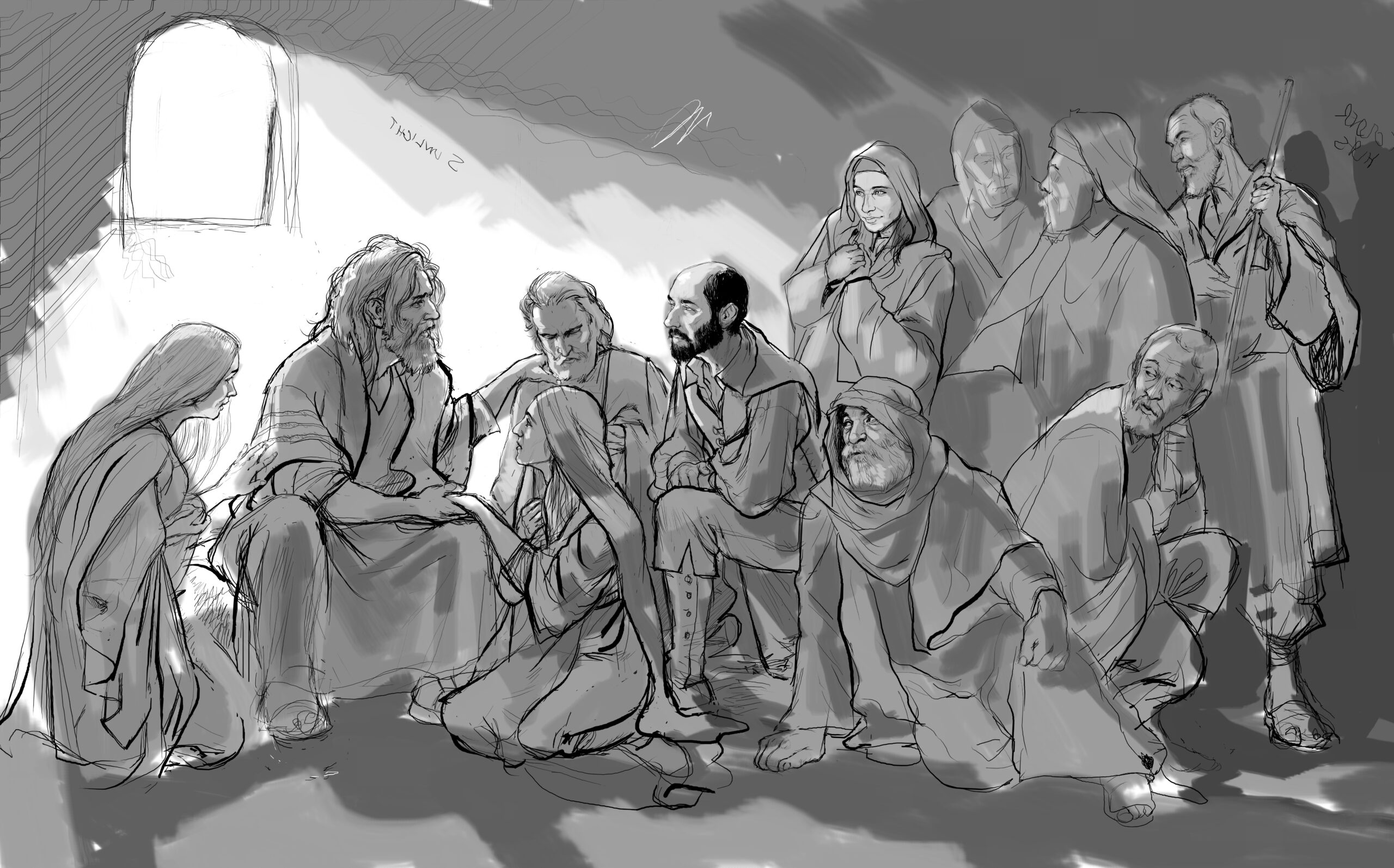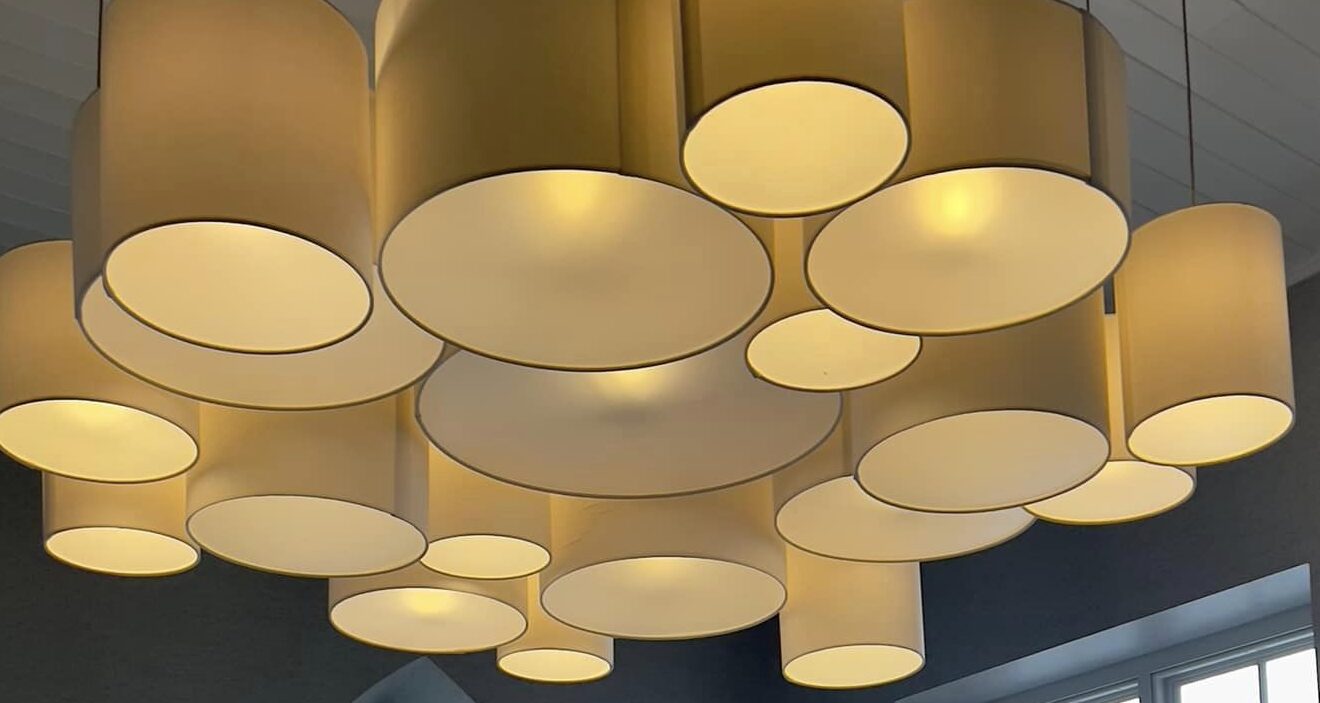
What we do at the Jesuit Centre
The special gift of the Jesuits and our partners in mission has always been spiritual guidance. Our founder, St Ignatius of Loyola was gifted with skills of “helping souls” and in our own way, we too, do this. Therefore, spiritual guidance is something we offer virtually every day of the week. Around this then, there are a variety of creative programmes that offer spiritual formation in prayer, scripture and even film.
In Holy Week 2023, Fr. Jake Martin SJ guided us through three movies that might not have been the obvious choice for the sacred season, but which yielded rich fruit on reflection and discussion. Fr. Brendan McManus SJ, with Christine Halloran, offered an introductory course on Ignatian Spirituality using his recent title: Channelling the Inner Fire and Fr. Kieran O’Mahoney, an Augustinian Scripture scholar, introduced us to the richness of the readings of the Sundays in Advent: particularly the poetry of the Prophet Isaiah.
Our charism offers special skills in understanding and practising the Synodal process of communal discernment and we offer training and formation to empower people to step into their Baptismal calling. We are involved in Campus Ministry at UU, Directorship of Boards and Ecumenism. We offer Days of Reflection for parishes and other groups upon request. Our Jesuit ministry is fully shared with lay persons.
The Examen - Look back to go forward
A Jesuit technique called ‘Review of the Day (from the Latin word ‘Examen’ can be useful as a practical and efficient way of building reflection into busy lives, normally it takes 15-20 minutes to do at the end of the day or whenever suits. The key insight is that by taking some time to reflect or look back on the complex and often hectic experience of our day, we see things differently, often seeing things we have missed and appreciating the gift that is each day.
We begin with trying to find gratitude within us for everything good that has happened, this helps shift often habitual negativity towards a more hopeful way of seeing that is more in tune with the divine. Only then do we invite Jesus to watch our day replayed like a movie before us.
Reviewing my day in the light of Christ’s presence and teaching helps me to realise the wonder of how God is active, not simply in the world but in my life and exactly how I have been cooperating with God, or not! This insight helps me decide how to act in the future.
The five steps are:
- Ask God for light, see what stands out
- Give thanks: get in touch with gratitude for the day you have just lived as a gift from God.
- Review the day chronologically, look back on the day just completed, being guided by the Holy Spirit
- Face your mistakes or shortcomings , face up to what is wrong—accept and correct mistakes
- Look toward to the next day, commit yourself to learn and improve


Key Elements of Synodality
At the launch of the Belfast Jesuit Centre, Austen Ivereigh outlined the key elements of Synodality:
First, there has to be an assembly of the people, requiring as broad a participation as possible. Pope Francis said at the October 2021 launch of the synod the participation is an “essential ecclesial obligation”. Synodality listens to the Spirit in and through the people.
Second, it must involve attentive listening and a prayerful receptivity that calls for periods of silence, patience, humility, certain disciplines of time, and so on — as well as authentic openness to Spirit (i.e. not agenda-driven).
Third, there must be a competent authority with the courage to distinguish what is of the Spirit from what is merely opinion, and to respond and act based on that discernment, even if it flies in the face of majority votes. In this, Pope Francis’s (traditional Catholic) understanding of synodality differs strongly from synodal processes that are parliamentary, such as the Anglican.
The Altar Cloth
Sinéad Black of Bricolage Quilts provided the Irish Linen Altar cloth for the Jesuit Centre. Sinéad writes:
With regards to the linen, this colour is ‘Derrylane’, named after the area where it was woven. It is the work of Hermann and Marion Glaser Baur who came over to NI in the 70s – Hermann to work in the shipyards and Marion as a master weaver and tailor. They bought up much of the original Irish yarn from many of the linen mills which had closed down and this was woven at their mill (Flaxmill Texiles) in Dungiven. They have recently semi-retired in Germany but are still weaving with that yarn and I take care of their linens at The Butcher’s.
Heather Burgess of Rag Button embroidered the IHS Starburst. Heather writes:
The tablecloth embroidery has been created using a digital embroidery software called Embroidery Studio by Wilcom. This software allowed me to draw over an image with digital stitches which are then transferred to a multi needled machine for stitching. The thread used for the embroidery is a light gold metallic.

